
Stem Cell Breakthrough Restores Natural Vision by Regenerating Damaged Corneas

In a remarkable step forward for regenerative medicine, scientists have achieved a major breakthrough by using stem cells to regenerate damaged human corneas, restoring natural vision to patients who previously faced partial or complete blindness. This innovative technique has the potential to transform the lives of millions of people suffering from corneal injuries, chemical burns, infections, or degenerative eye diseases that impair the outermost layer of the eye.
The treatment works by harvesting stem cells from the patient’s own healthy eye—specifically from the limbal region, which naturally contains corneal stem cells. These cells are then cultivated in a laboratory and grown into a sheet of healthy corneal epithelial tissue over the course of several weeks. Once the tissue matures, it is transplanted onto the patient’s damaged eye. This technique, known as CALEC (Cultivated Autologous Limbal Epithelial Cells), aims to rebuild the corneal surface and restore vision using the patient’s own biological material.
In a Phase 1/2 clinical trial involving 14 patients, researchers monitored outcomes for 18 months. The results were highly encouraging: after just three months, 50% of participants achieved full restoration of the corneal surface. This success rate rose to 79% at 12 months and 77% at 18 months. When including partial improvements, overall success rates reached 92–93%, demonstrating the powerful regenerative capability of stem-cell–based therapies. Importantly, vision tests showed measurable improvement in all treated patients, with some regaining clear sight without the need for glasses or traditional corneal transplants.
Equally significant is the safety profile of the therapy. Researchers reported no serious adverse events related to the procedure in either the donor eye or the treated eye, highlighting the potential for a safe, long-term solution to corneal blindness. However, experts underline that CALEC is still in the clinical-trial stage and not yet widely available in hospitals.
This breakthrough offers a promising alternative to conventional corneal transplantation, which depends on donor tissue—something that remains scarce worldwide. Because CALEC uses a patient’s own cells, it greatly reduces the risk of immune rejection and complications, making it a more sustainable approach for long-term vision recovery. Researchers note that this could dramatically reshape the future of ophthalmology and regenerative eye care.
Another promising avenue of research involves regenerating corneal tissue using induced pluripotent stem cells (iPSCs). Scientists in Japan have already transplanted iPSC-derived corneal epithelial sheets into patients with limbal stem-cell deficiency, reporting improvements in transparency and visual function without immune rejection or tumor formation. This represents an important step toward off-the-shelf regenerative eye therapies.
Together, these advances represent a monumental shift in restoring sight naturally and safely. As clinical trials progress, stem-cell-based corneal regeneration may pave the way for a future in which blindness caused by corneal damage becomes fully treatable—bringing hope and clarity to millions who have long lived with impaired vision.
News in the same category


COVID-19 Infection Poses Far Greater Health Risks Than Vaccination – New Large-Scale Study Confirms
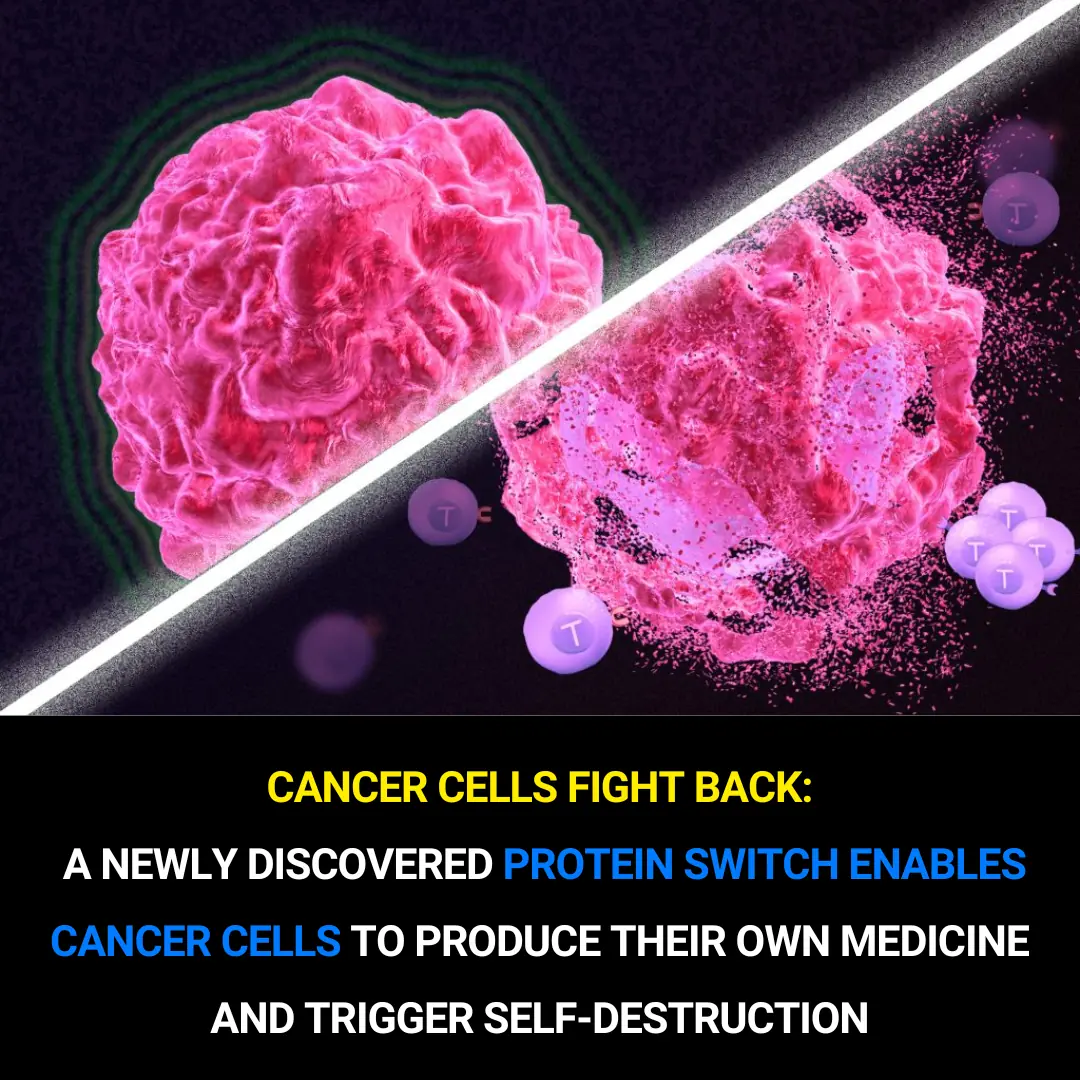
A Newly Discovered Protein Switch Could Transform Cancer Treatment
When Nighttime Leg Cramps Become a Concern
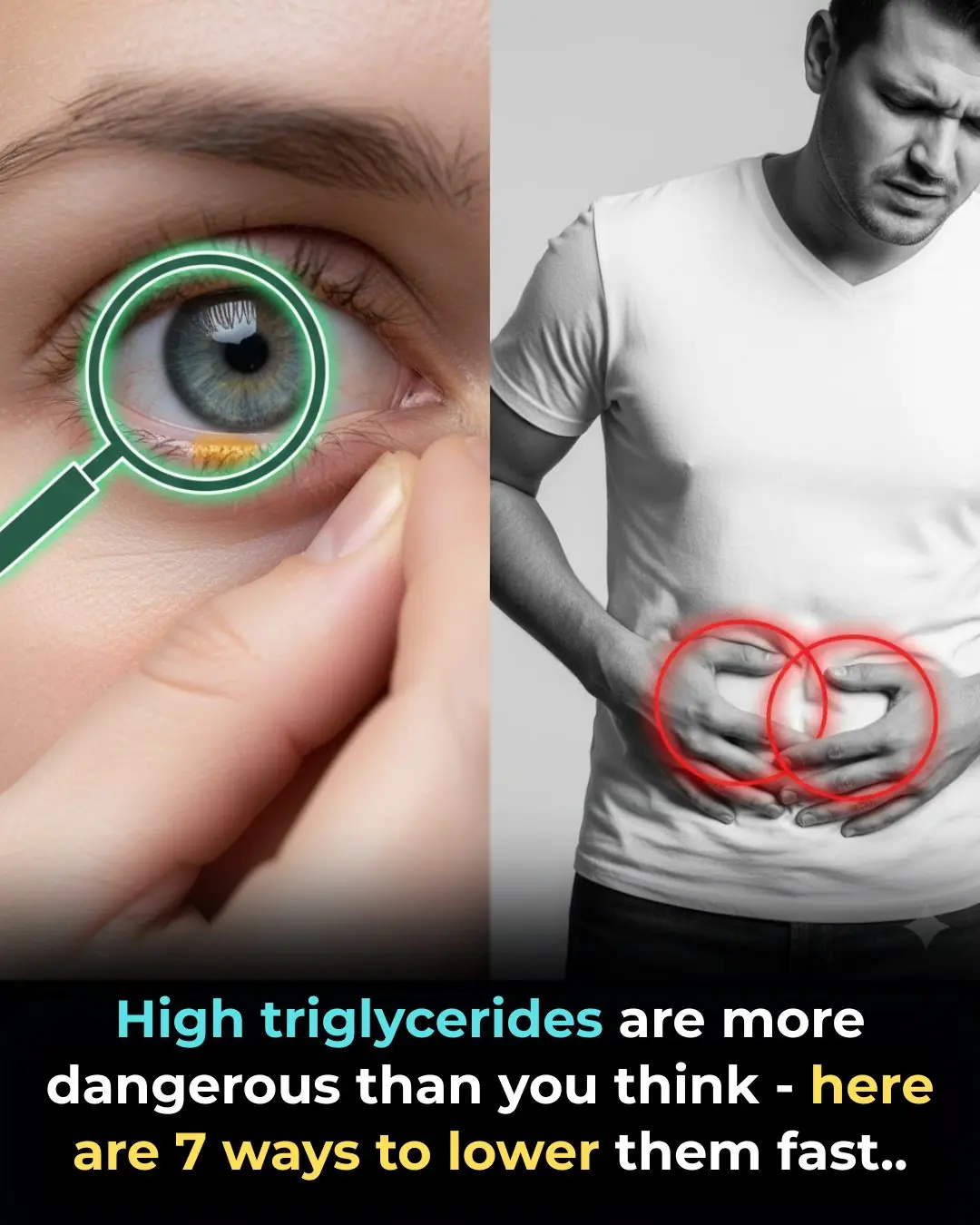
7 tips to eliminate dangerous blood fat

Top 3 Foods to Prevent Leg Cramps in Seniors: Strengthen Your Legs Naturally!
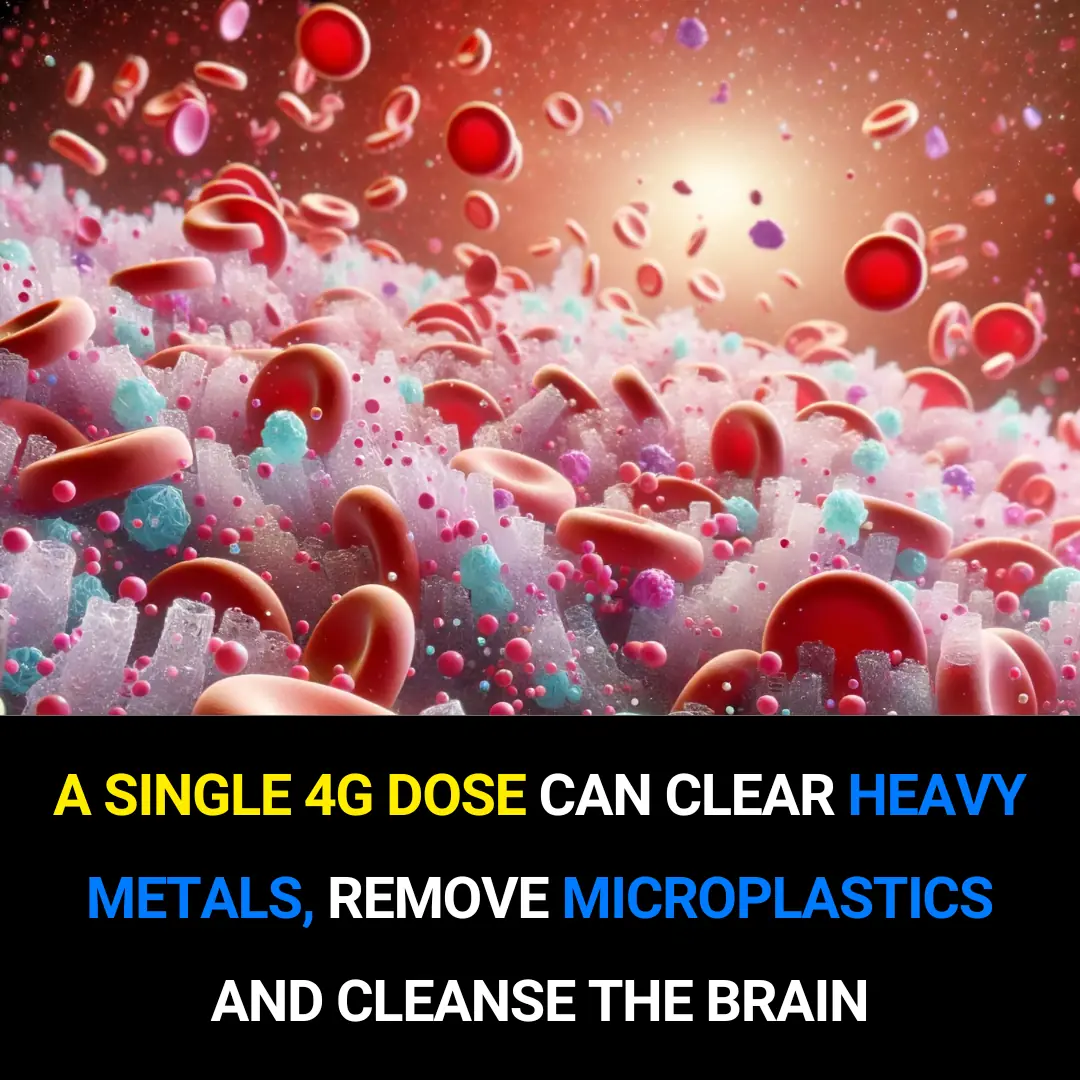
A Single 4g Dose Can Help Clear Heavy Metals, Reduce Microplastics, and Support Brain Cleansing (Not for Daily Use)

The #1 Simple Way to Stop Dementia Before It Starts

4 Powerful Vitamins You Need for Better Circulation – Prevent Blood Clots in Your Legs Now!

7 Ways to Instantly Stimulate Your Vagus Nerve to Reduce Inflammation, Depression, and Migraines
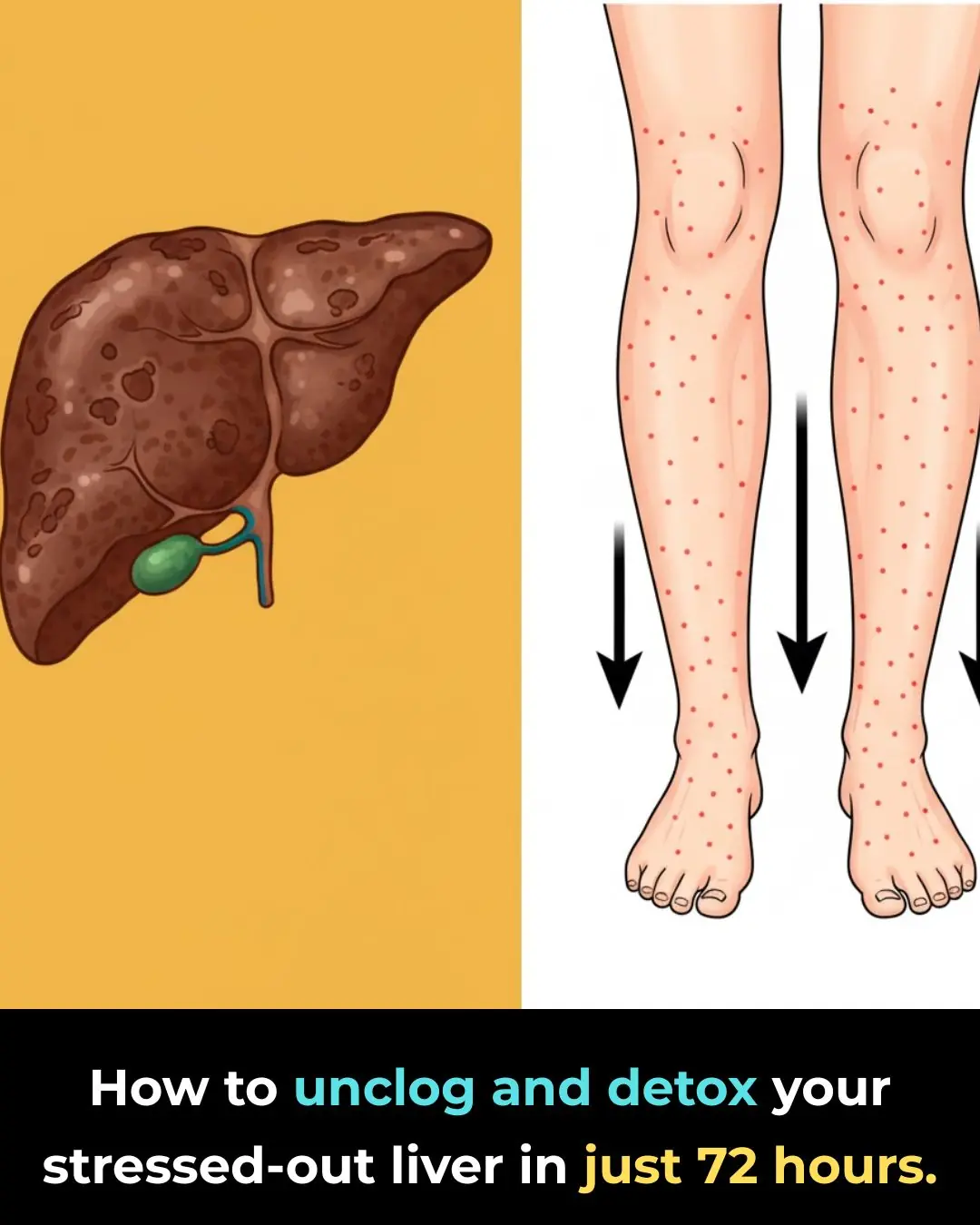
How To Unclog And Detox Your Stressed-Out Liver In Just 72 Hours
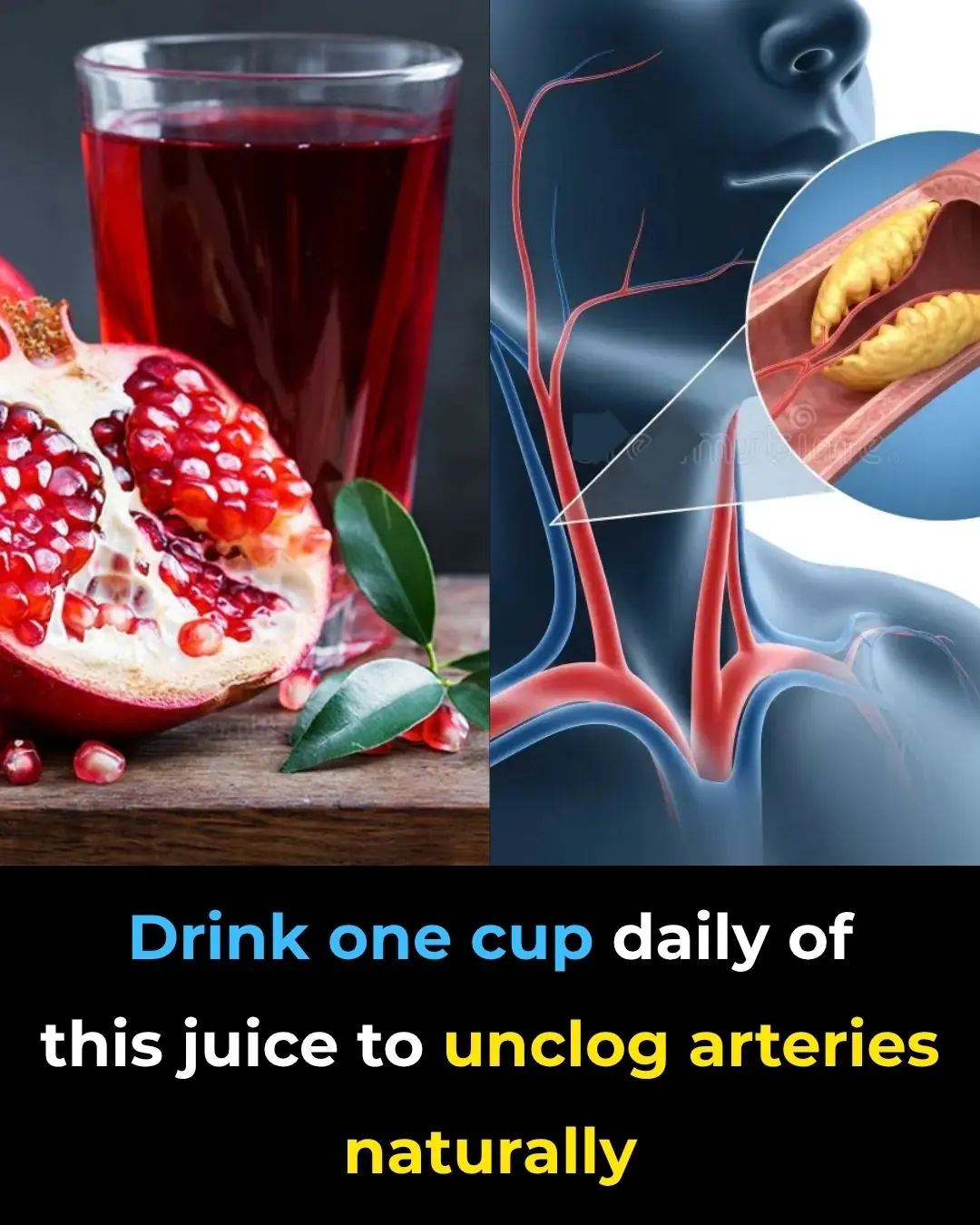
Drink one cup daily of this juice to UNCLOG arteries?
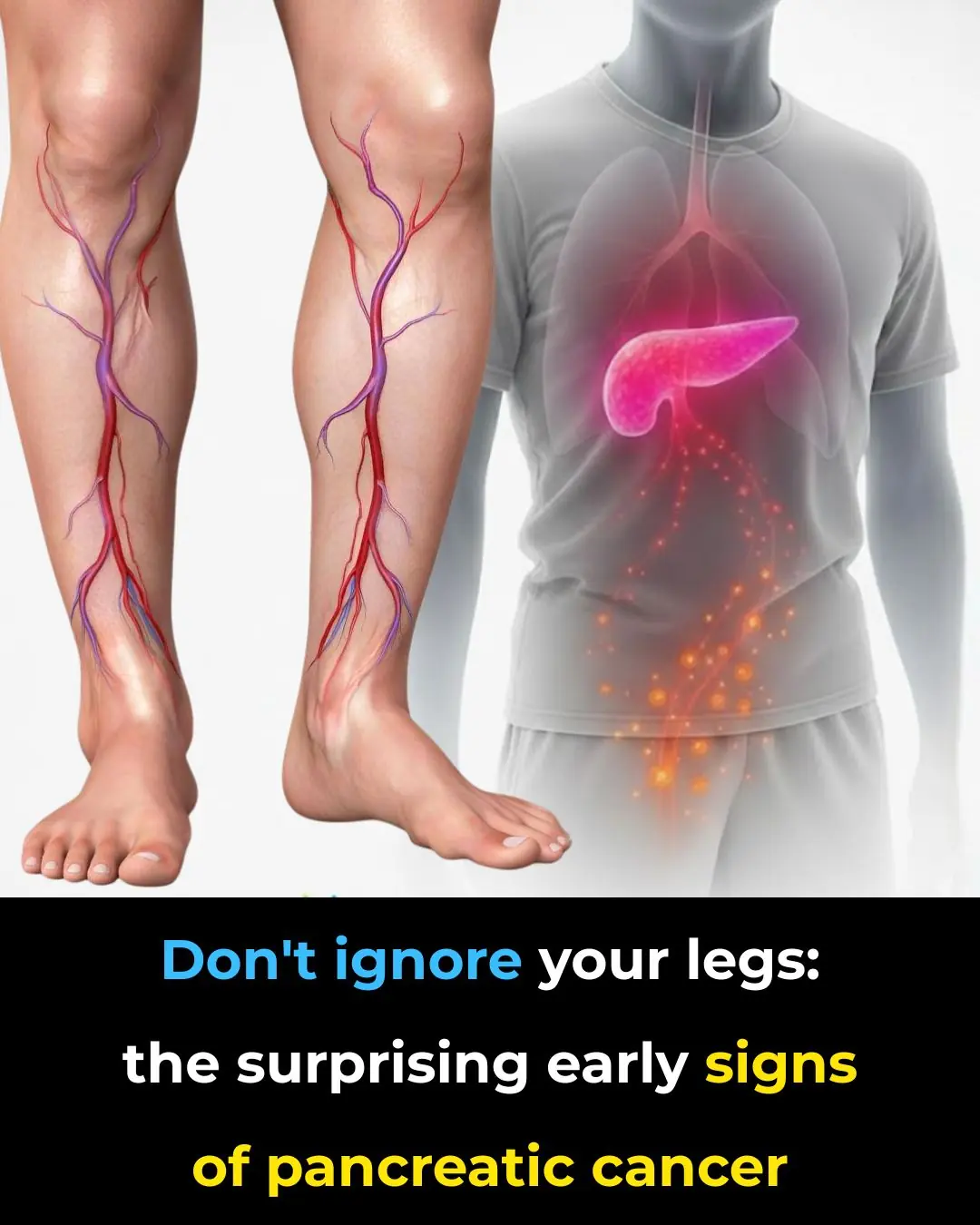
Don’t ignore your legs: the surprising early signs of pancreatic cancer

9 cancer warning signs your body is sending you (don’t ignore these!)

Texas reports 4× surge in whooping cough cases — health officials issue statewide alert
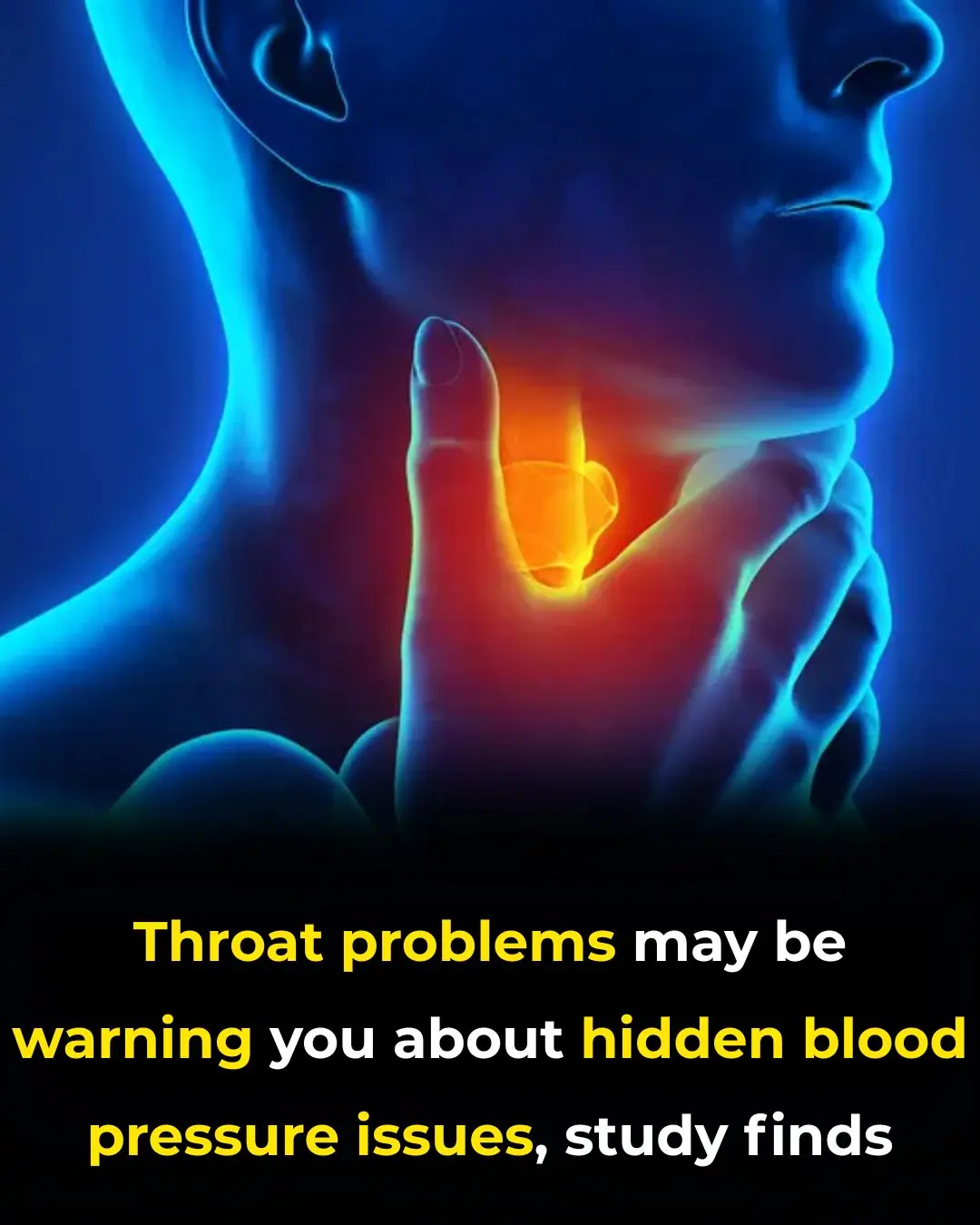
Throat problems may be warning you about hidden blood pressure issues, study finds
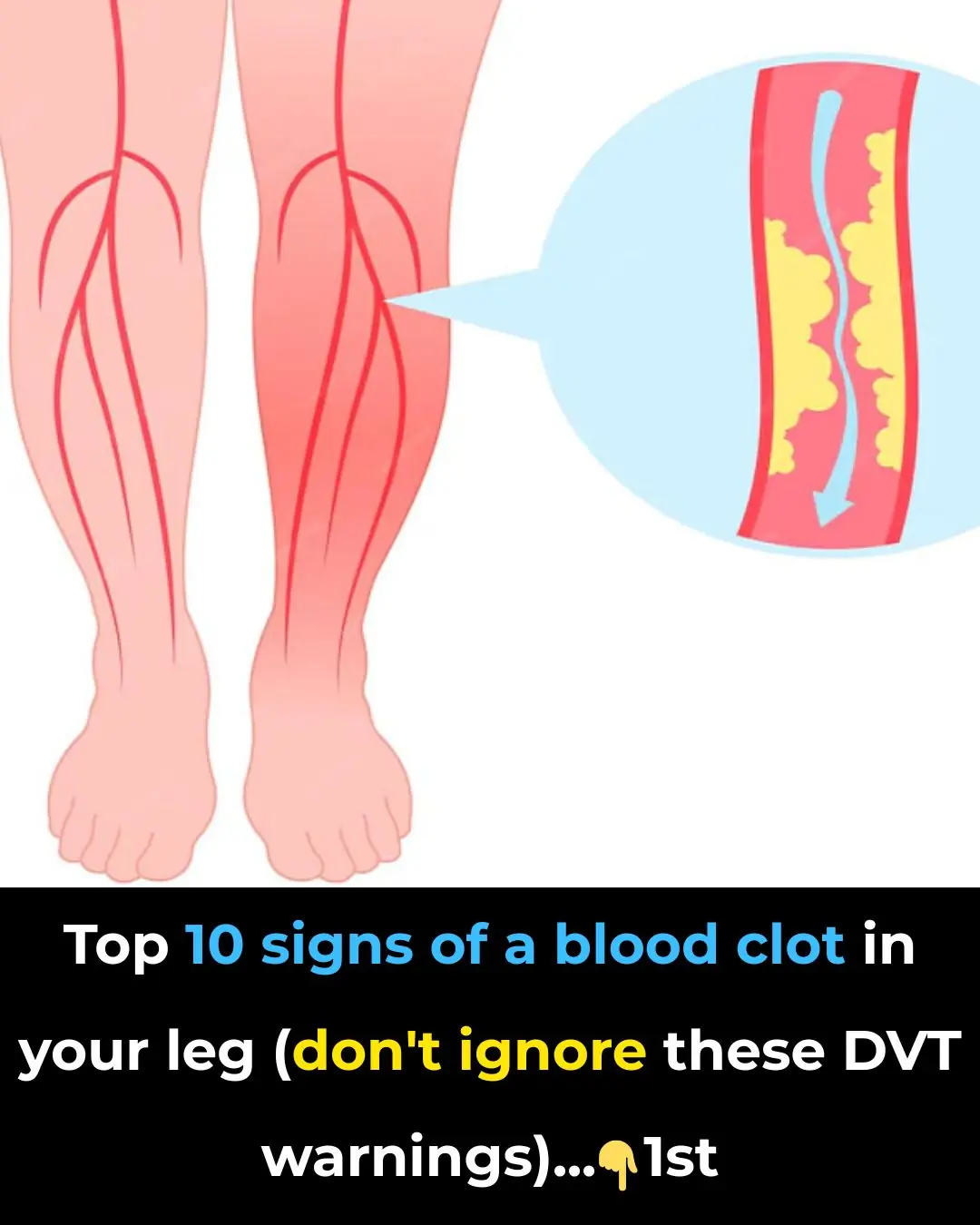
Top 10 signs of a BLOOD CLOT in your leg (prevent Deep Vein Thrombosis)

Say Goodbye to Parasites, Cholesterol, High Blood Pressure, and Poor Circulation With This 7-Day Homemade Drink
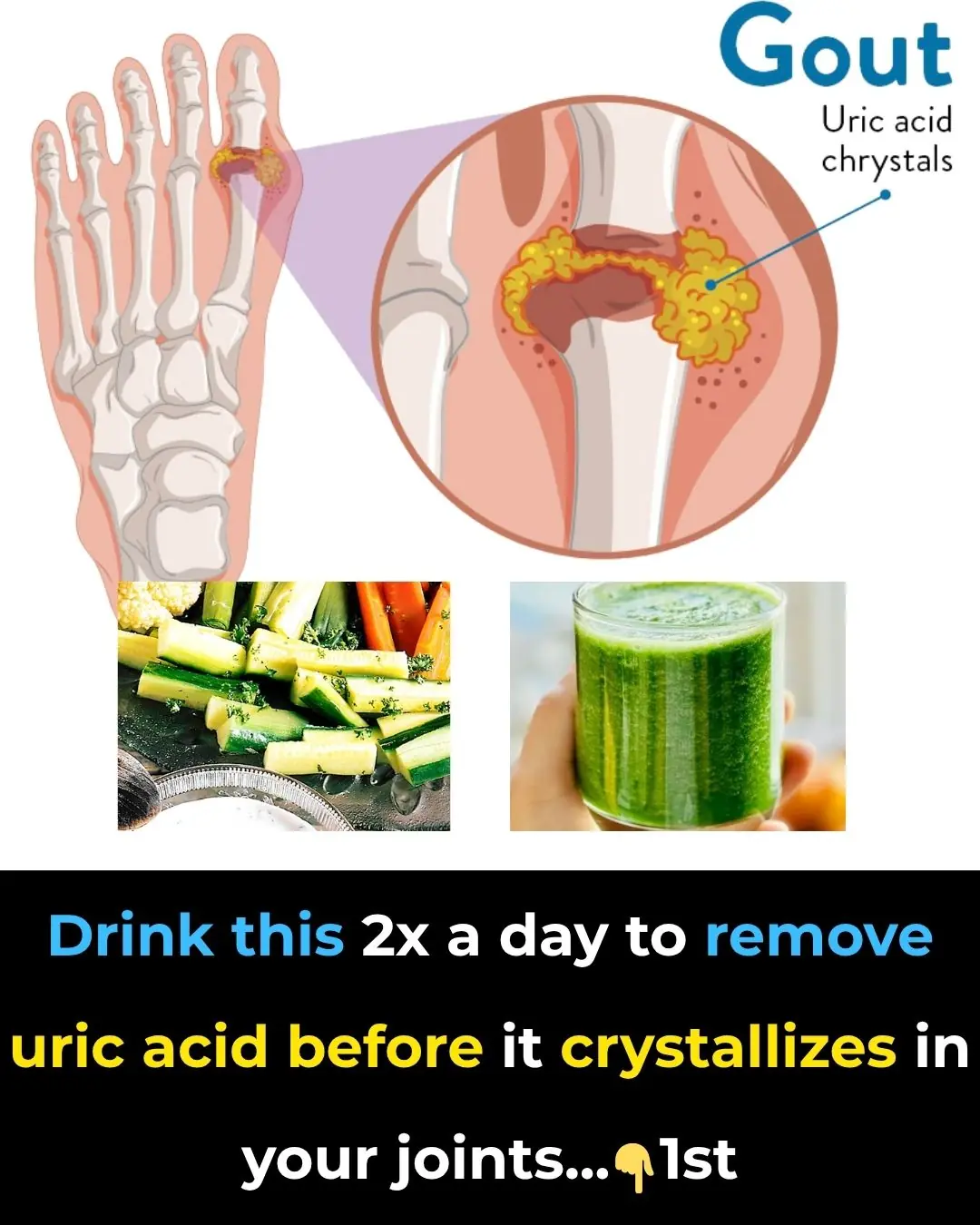
Drink This 2X a Day to Remove Uric Acid Before it Crystallizes in Your Joints and Becomes Painful
News Post

Inside Shona McGarty’s love life – from romance with two EastEnders co-stars to failed first engagement

Everything Mike and Zara Tindall have said about moving to Australia

Strictly Come Dancing week 8: lots of emotions on show but is it time to shake things up?

Meghan Markle ‘breaks silence’ on set of new movie as she ‘admits she’s rusty’

Harleymoon Kemp on ‘disaster’ love life after finding out partner ‘had secret family’

Prince Harry’s sad comments about ‘tainted’ relationship with Caroline Flack

Too Friendly for Police Work, Perfect for Your Home: Adopt Former Service-Dog Trainees

Strictly backlash as Carlos Gu accused of ‘fake’ crying after judges’ comments to partner Karen Carney

Worried Pete Wicks’ surgery fears amid secret health condition he’s had for years

COVID-19 Infection Poses Far Greater Health Risks Than Vaccination – New Large-Scale Study Confirms

A Newly Discovered Protein Switch Could Transform Cancer Treatment

Inside Lee Mack’s marriage with rarely-seen wife Tara – from ‘friction’ at home to son who appeared on his BBC show
Angus T. Jones, Who Played Jake Harper, Left The Show “Two And A Half Men” 9 Years Ago – This Is Him Today
When Nighttime Leg Cramps Become a Concern
Nadya Suleman, A Mom Of Octuplets Celebrates Their 15th Birthday
If You See A Bent Tree In The Forest, Start Looking Around Immediately
Scientists Discovered A Sinkhole 630 Feet Underground In China Known As “Heavenly Pits”
Why Drivers Over 70 Face New Rules Nobody Saw Coming
